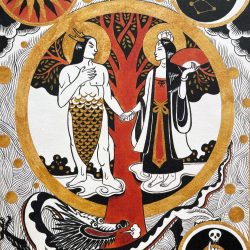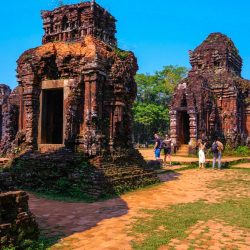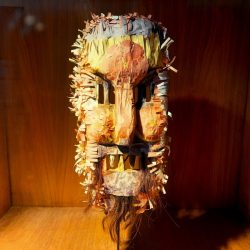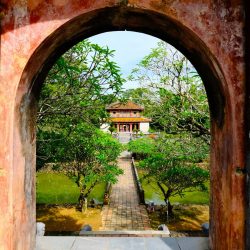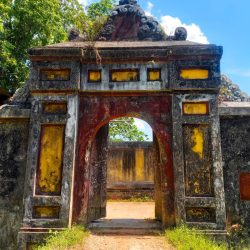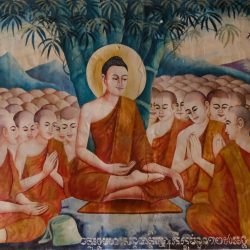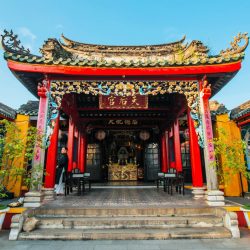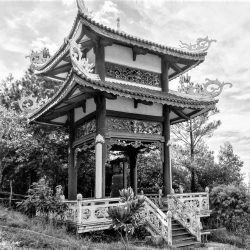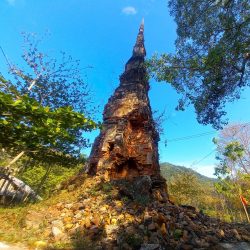First published May 2025 | Words and photos by Joshua Zukas

Joshua is a contributing writer for Vietnam Coracle. A freelancer whose body of work focuses primarily on travel & architecture, Joshua covers Vietnam regularly for Lonely Planet, Michelin Guide, Insider, Ink Global & many of Asia’s top inflight magazines. He also writes intermittently for publications such as The Economist, Wallpaper & Interior Design Magazine. He holds an MSc in sustainable tourism….read more about Joshua
Formerly occupying a cramped corner of the Imperial Citadel in central Hanoi, the Vietnam Military History Museum moved to Nam Từ Liêm towards the end of 2024. The move meant abandoning a prime location in downtown Ba Đình District – mere steps from the Old Quarter – but also a substantial upgrade in the museum’s facilities. Financed by the Ministry of Defence, the new museum is reported to have cost 2.5 trillion VNĐ (just shy of $10 million USD) and it sits on a plot that spans almost 40 hectares. This probably makes the Military History Museum not only the most expensive but also the biggest museum in the country. Though 15km from Hoàn Kiếm Lake and the Old Quarter – around 30 minutes by taxi – the museum is well worth visiting, not just for the exhibits, but also for the architecture, which was designed by Japanese firm Nikken Sekkei. The museum also provides a rare opportunity to observe how many Vietnamese people engage with their complex military history, from scores of school groups sporting matching hammer-and-sickle T-shirts to clusters of elderly war veterans dressed in army green.

[Back Top]
MILITARY HISTORY MUSEUM
Open: 08:00-16:30 (closed Monday & Friday) | Ticket: 40,000VNĐ
Address: Km6+500, CT03, Tây Mỗ, Nam Từ Liêm
The Vietnam Military History Museum, as the name implies, is a history museum of Vietnam understood through the lens of conflict. The museum doesn’t only cover the more recent Indochina Wars; it begins with the founding of Vietnam in 700BCE and spans all the way to the present day. The museum has four permanent galleries divided by era (see Contents below), as well as an upstairs space for temporary exhibitions. Covering all four galleries in detail, plus exploring the forecourt, takes around four hours. To read and watch everything will take closer to six. It’s possible to come and go on the same day with one ticket but, apart from a cafe outside the main entrance, there doesn’t seem to be anywhere good to eat nearby, therefore it’s best to bring a picnic. This guide is a breakdown of the different galleries with a few highlights to look out for. As the museum is so huge and it’s difficult to cover everything without succumbing to information overload, some visitors to Vietnam may wish to focus only on eras and areas that are of particular interest. My suggestion to those living in Hanoi is to explore the museum over several visits. The museum has two websites (here and here) but neither are particularly user friendly or informative. Note that the museum is extremely popular, especially on weekends, so you’ll probably have to queue, perhaps up to 20 minutes. (For similar posts, see Related Guides, and if you enjoy this article, please support Vietnam Coracle.)
Gallery 1: 700BCE→1858CE
Gallery 2: 1858→1954
Gallery 3: 1954→1975
Gallery 4: 1975→2024
MAP:
Vietnam Military History Museum, Hanoi
Forecourt & Lobby:
For many, the capacious forecourt, which is packed with war machinery, will leave the greatest impression. The aircrafts, helicopters, tanks, canons and other weaponry have been divided into two sections: the French and American (i.e. the invaders) equipment on one side and the equipment supplied largely by China and the Soviet Union (i.e. the allies) and used by the Vietnamese on the other. Presumably this was a deliberate decision to show how drastically outgunned the Vietnamese were during the first and second Indochina wars. Other than the huge American aircrafts and tanks, a highlight of the display are the so-called ‘mountain guns’, which were painstakingly hauled up the hills around Điện Biên Phủ during France’s last-ditch attempt to keep hold of Vietnam.

After exploring the forecourt – which can easily take an hour or longer – you can move inside. It’s easy to pass through the lobby, which looks over the forecourt, without giving it much attention, but look up at the set of dates chiselled into the stone walls. These dates will help summarise the chronology of the rest of the museum. The five-minute video in the central hall, which follows a small flock of animated geometric birds from a Đông Sơn drum as it soars over the heads of famous Vietnamese revolutionaries, is also an entertaining piece of propaganda. It finishes with Việt Nam yêu hòa bình (“Vietnam loves peace”).

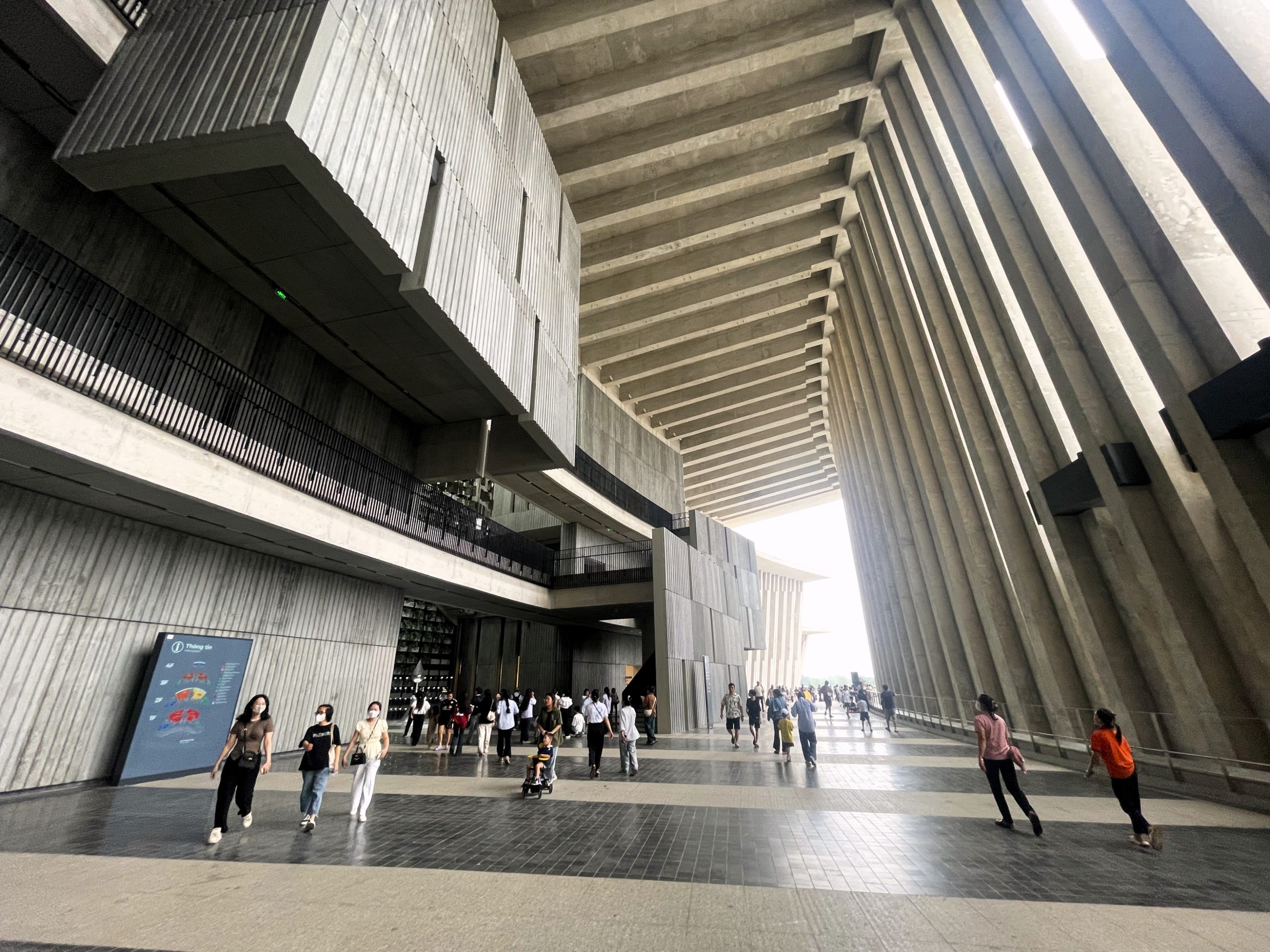
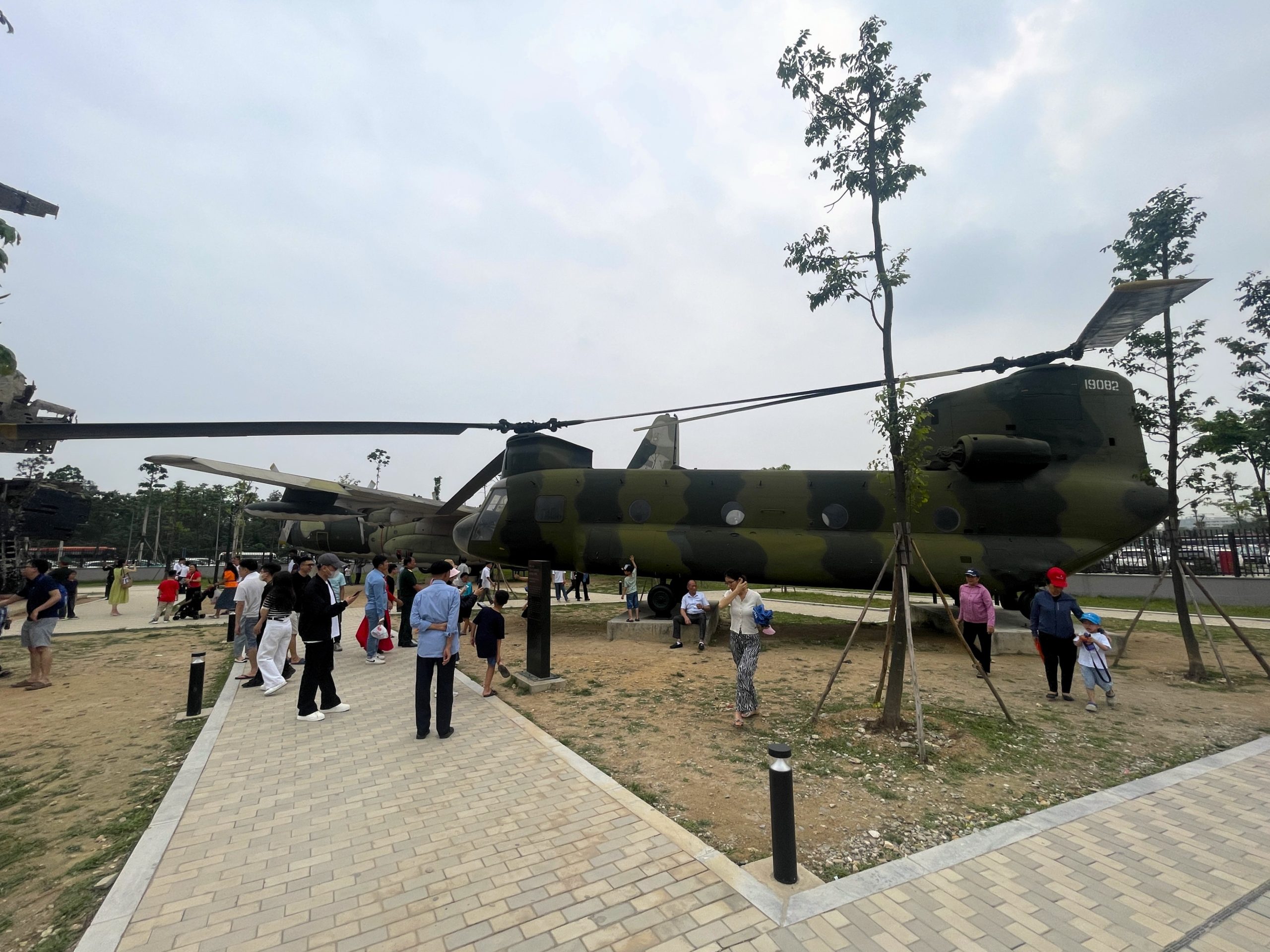
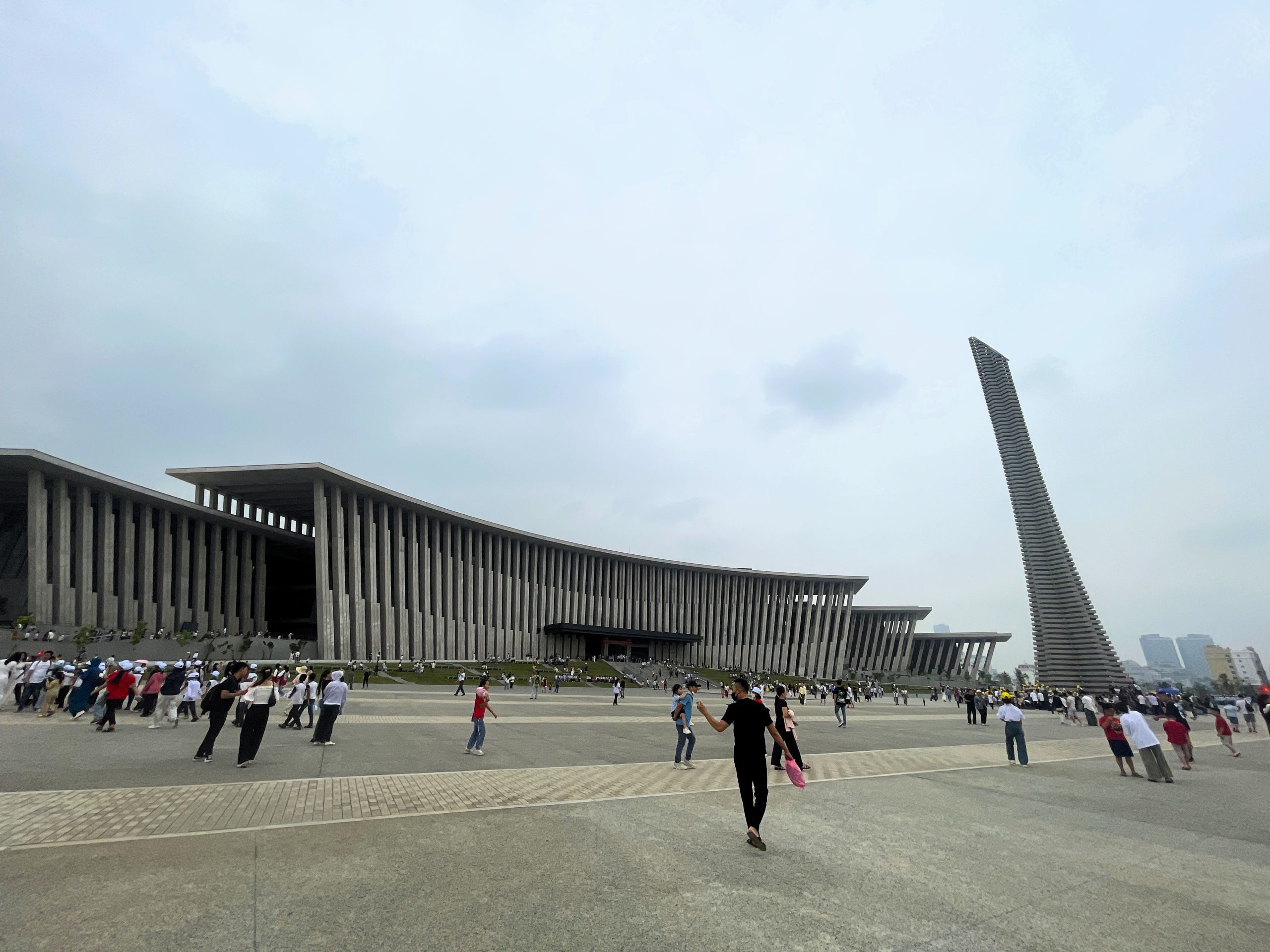

Gallery 1: 700BCE→1858CE:
This first gallery covers the precursors to modern-day Vietnam, the long period of Chinese rule and the pre-colonial dynastic era. Highlights here include an animation detailing the founding of Văn Lang, widely regarded as the first Việt nation, and how they utilised guerilla tactics to repel the first Chinese military advances. There’s another excellent animation recounting the story of Hai Bà Trưng (the Trưng Sisters), who led a failed rebellion against Chinese rule, and a large model of Cổ Loa, perhaps the first Việt citadel-like structure. The gallery quickly moves through the period of Chinese rule, but slows down to cycle through the various dynasties that competed for power over Vietnam throughout the second millennium. A highlight here is a video detailing Trần Hưng Đạo’s victory against Mongol invaders on the Bạch Đằng River. Flanking the animation on one side is a bust of the hero and mastermind of the operation; on the other are three wooden stakes that were used to impale the invading ships. The gallery quietly finishes with a section on Gia Long, the controversial first Nguyễn emperor, who took control of Vietnam with French support.
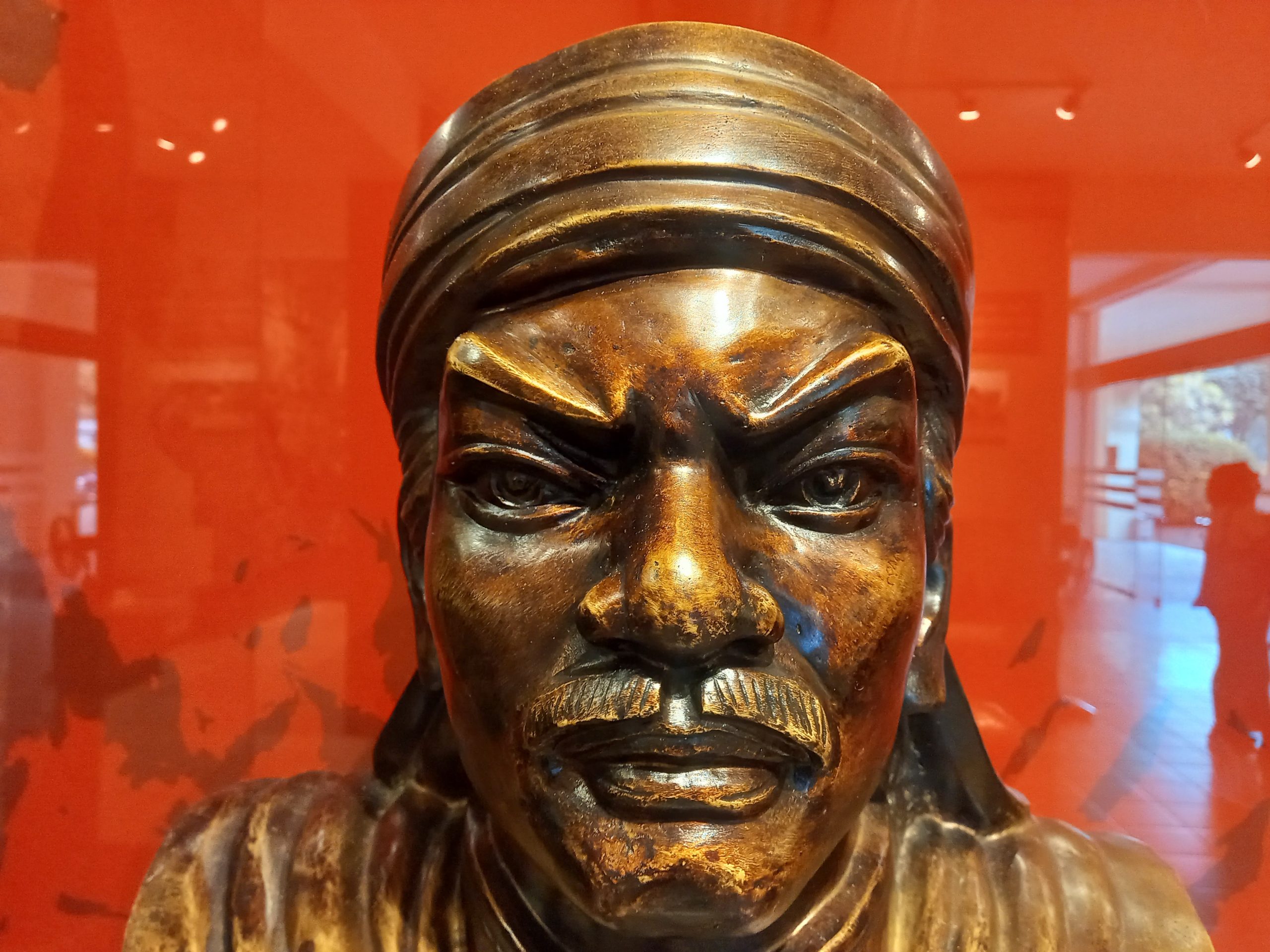
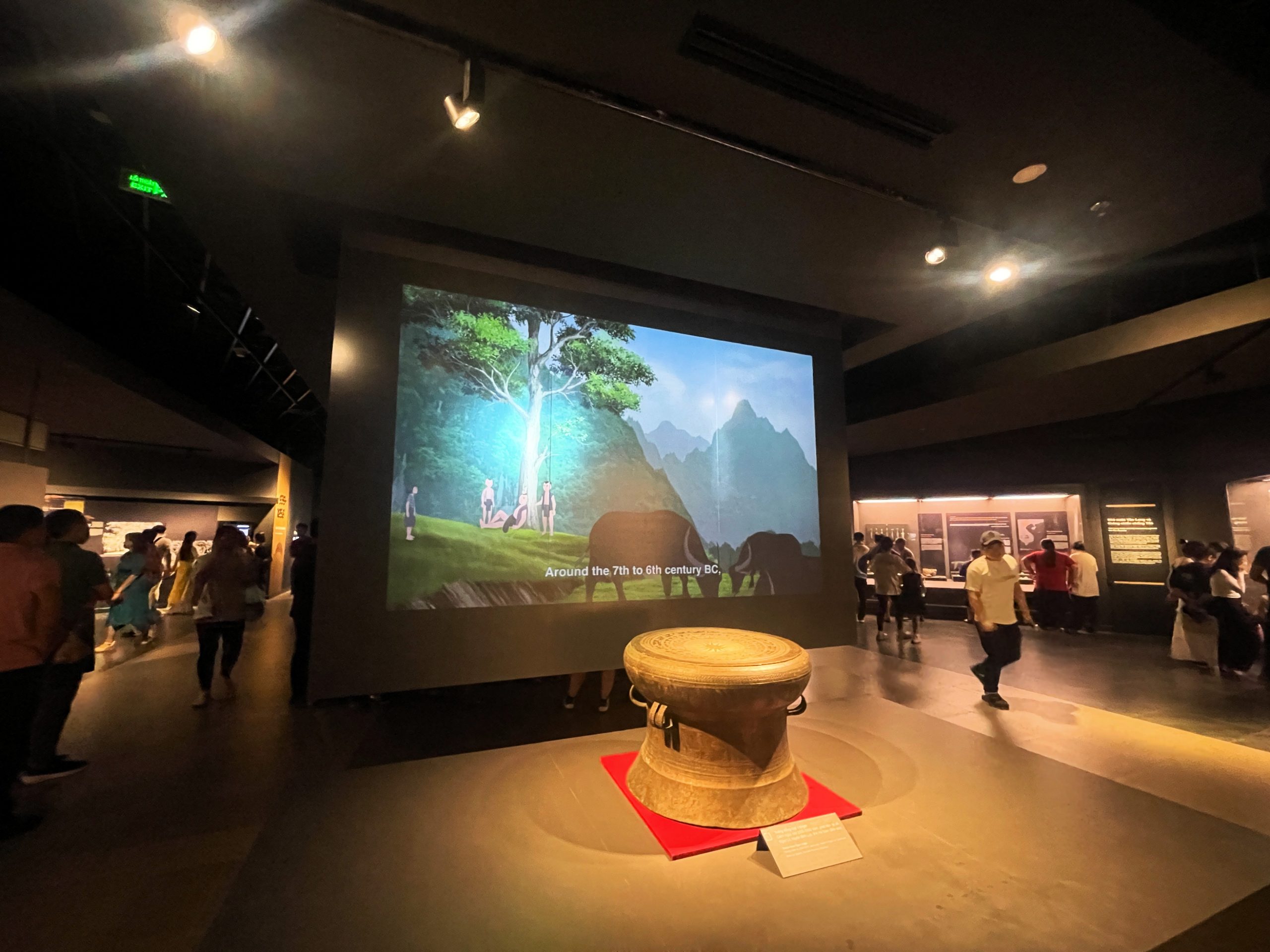
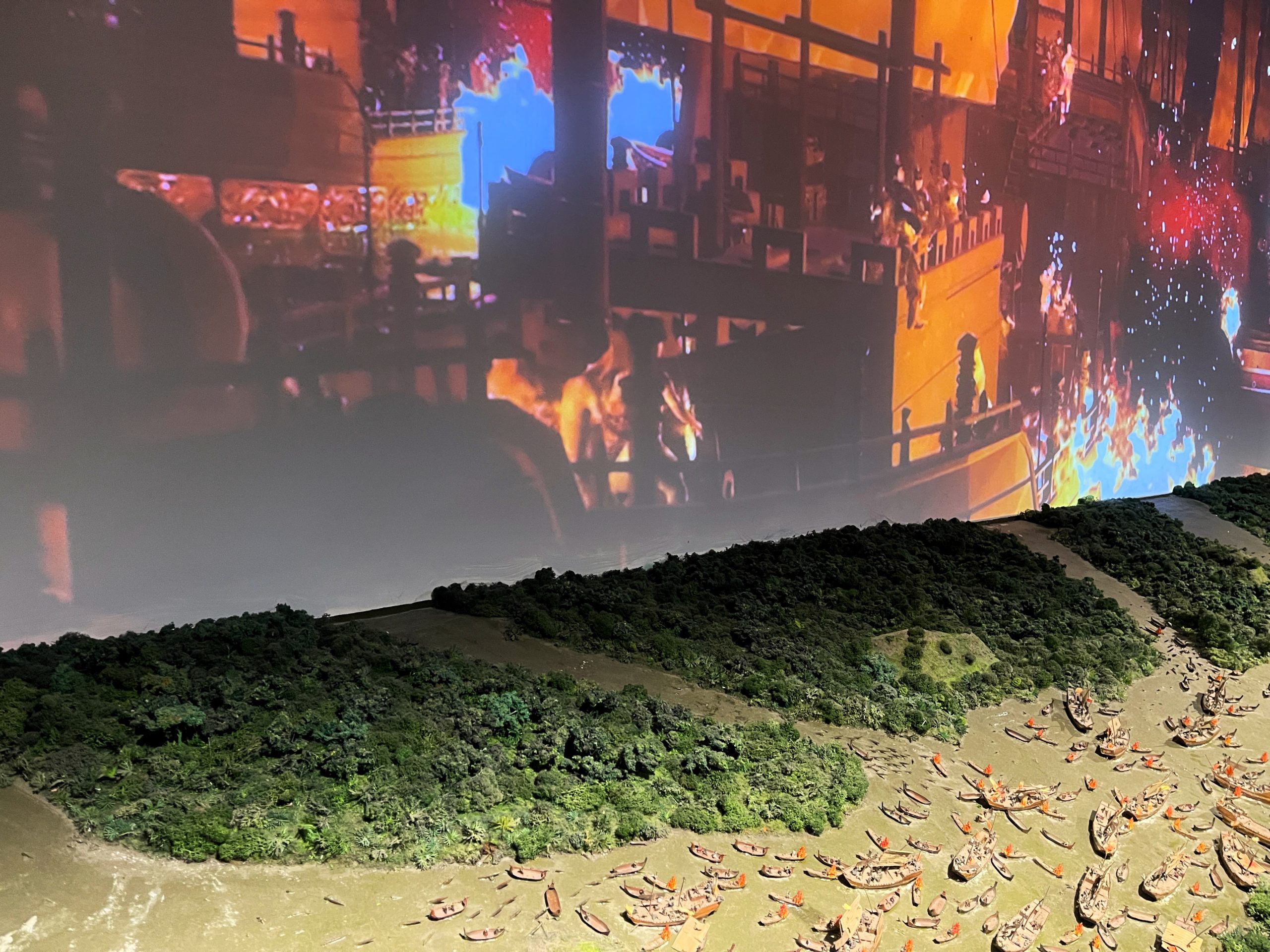

Gallery 2: 1858→1954:
This gallery focuses on the three major players of the era: the Nguyễn Dynasty, the French and the communists. Unsurprisingly, it chooses to celebrate the emperors that resisted French colonialism rather than explore the lives of those that capitulated. This gallery is the only point in the museum that the black and orange colour scheme is interrupted – with a huge red wall to announce the founding of the Communist Party of Vietnam (in 1930). Highlights in this gallery include an ambitious model and light show depicting the ferocity of the French bombing campaigns on Hanoi during the First Indochina War (1945-54) and a theatre – perhaps the biggest in the museum – detailing the Battle of Điện Biên Phủ, where the French colonial enterprise in Southeast Asia came to a dramatic and decisive end. Firearms enthusiasts might also enjoy perusing the extensive display of period guns and rifles, all in glass cabinets.
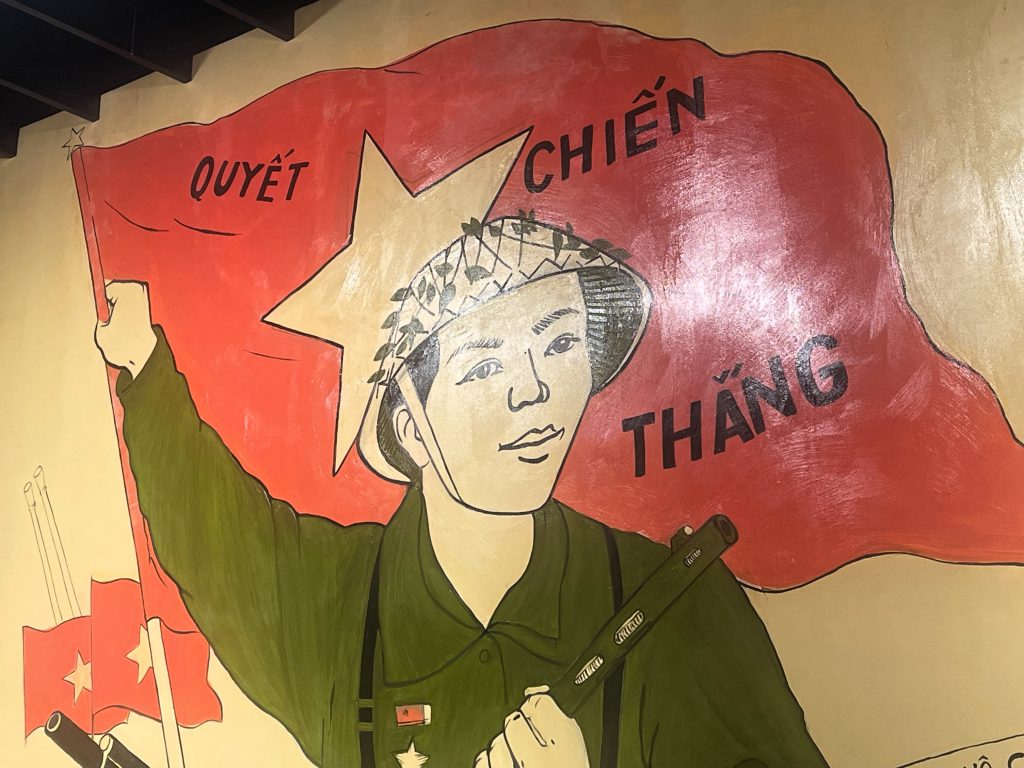
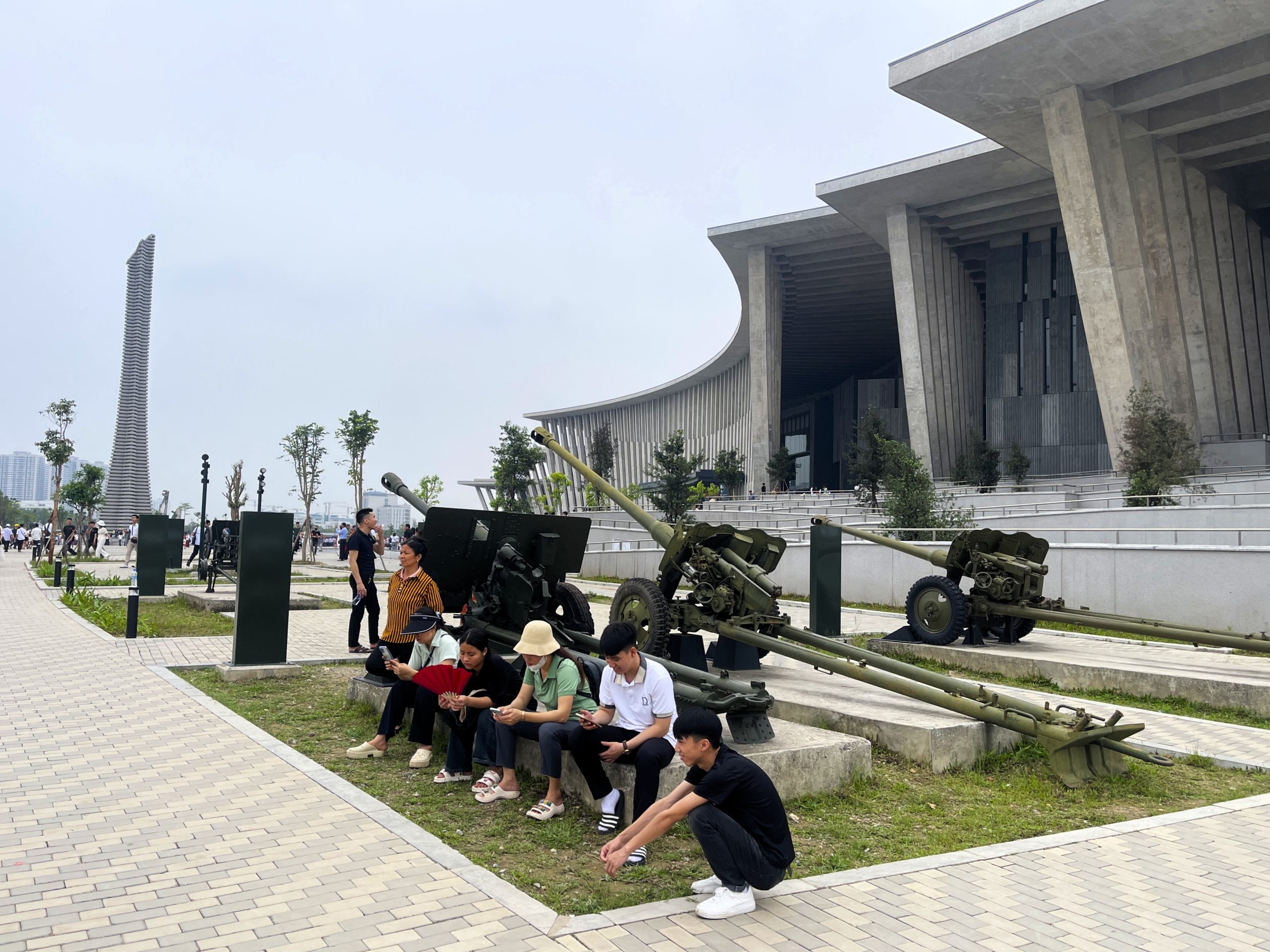
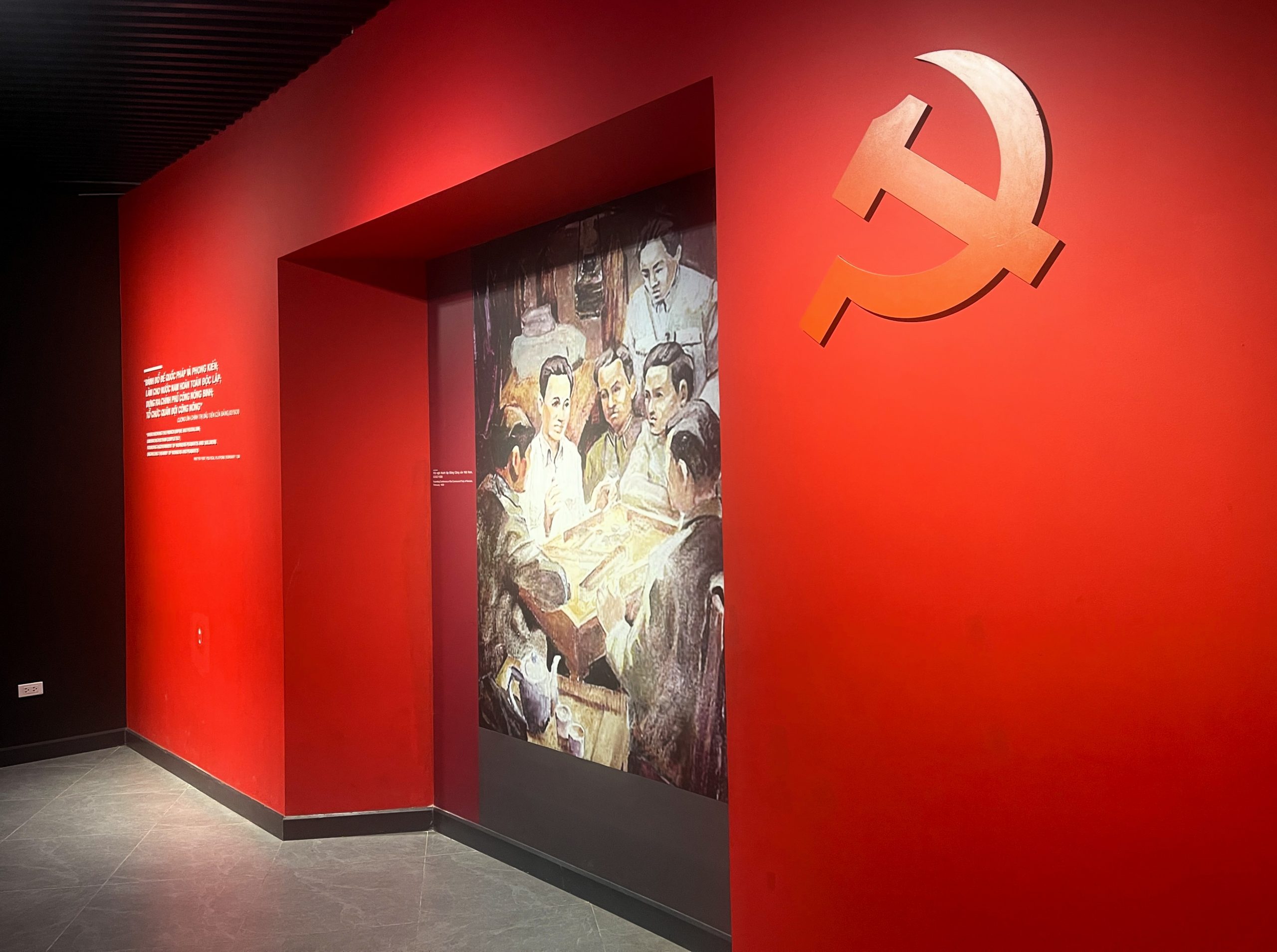
Gallery 3: 1954→1975:
This gallery covers the Second Indochina War, more commonly known as the American War within Vietnam and the Vietnam War elsewhere. After the French withdrew from Vietnam, the country splintered into North Vietnam and South Vietnam, so the gallery begins with a colour coded map depicting the geopolitical landscape at the time. Unfortunately, the map has no key so might be slightly confusing, but it nevertheless demonstrates how the odds were stacked against tiny North Vietnam: the only countries also in red are China, Mongolia, North Korea, Russia and some eastern European countries. This gallery holds the most imposing machines of war, including a huge Soviet anti-aircraft rocket launcher and one of the tanks that charged through the gates of the Presidential Palace, bringing the conflict to a close in 1975. Opposite the tank is one of the highlights of the gallery: a multimedia exhibition exploring the strategy used by North Vietnam to seize Saigon. This war changed how conflicts were documented, and you’ll also find several black and white images of the conflict peppered throughout the gallery.
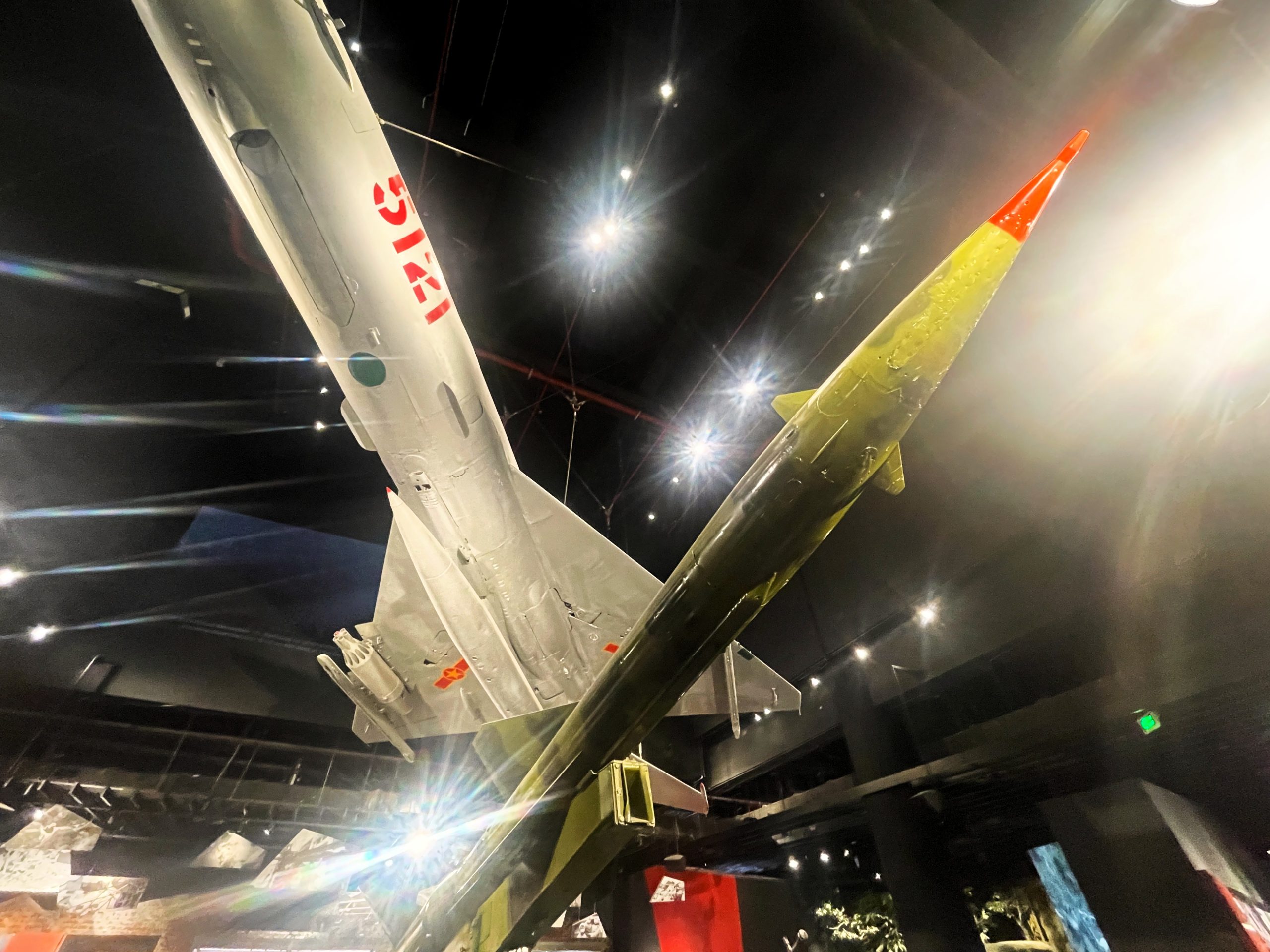
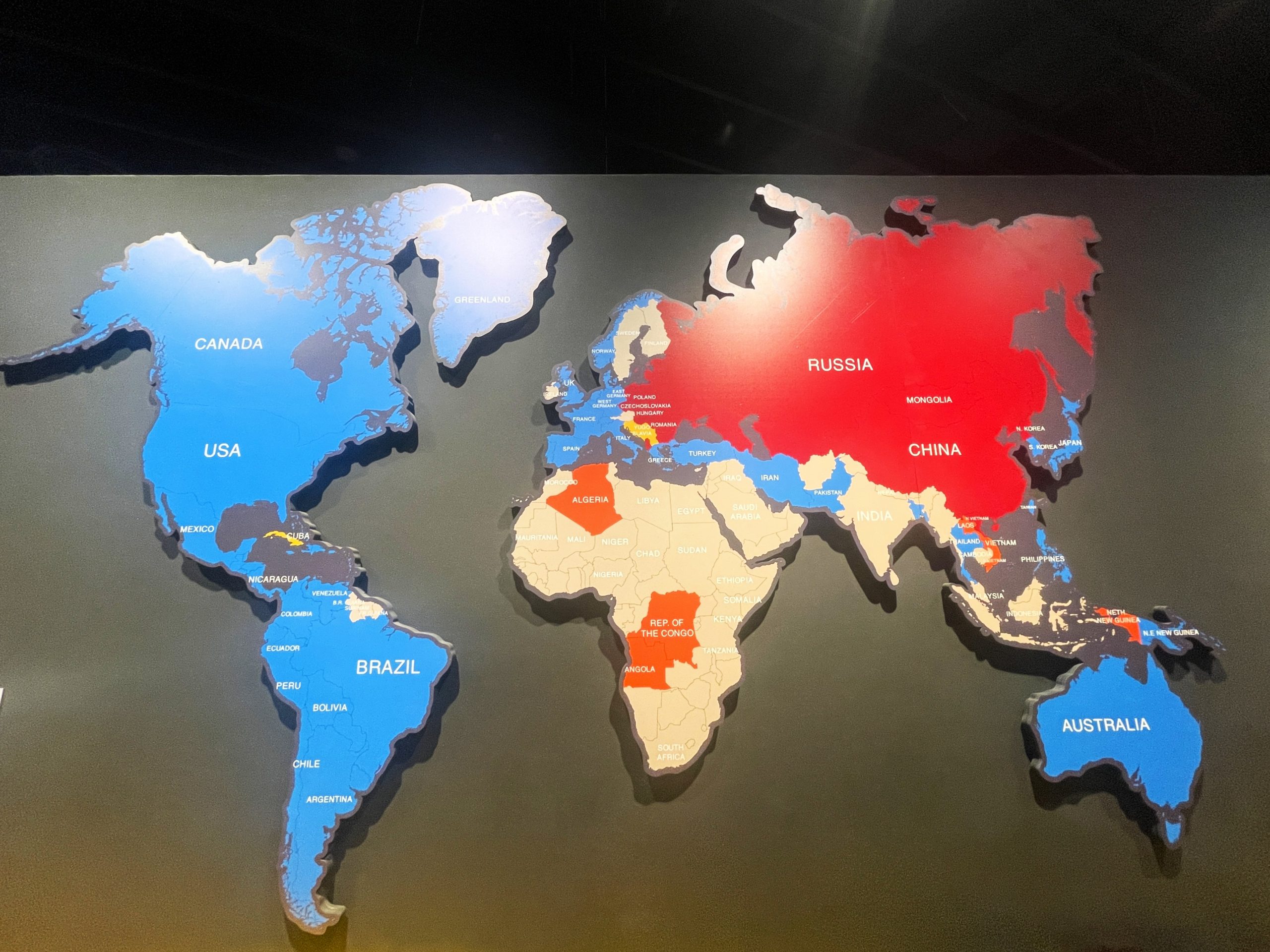
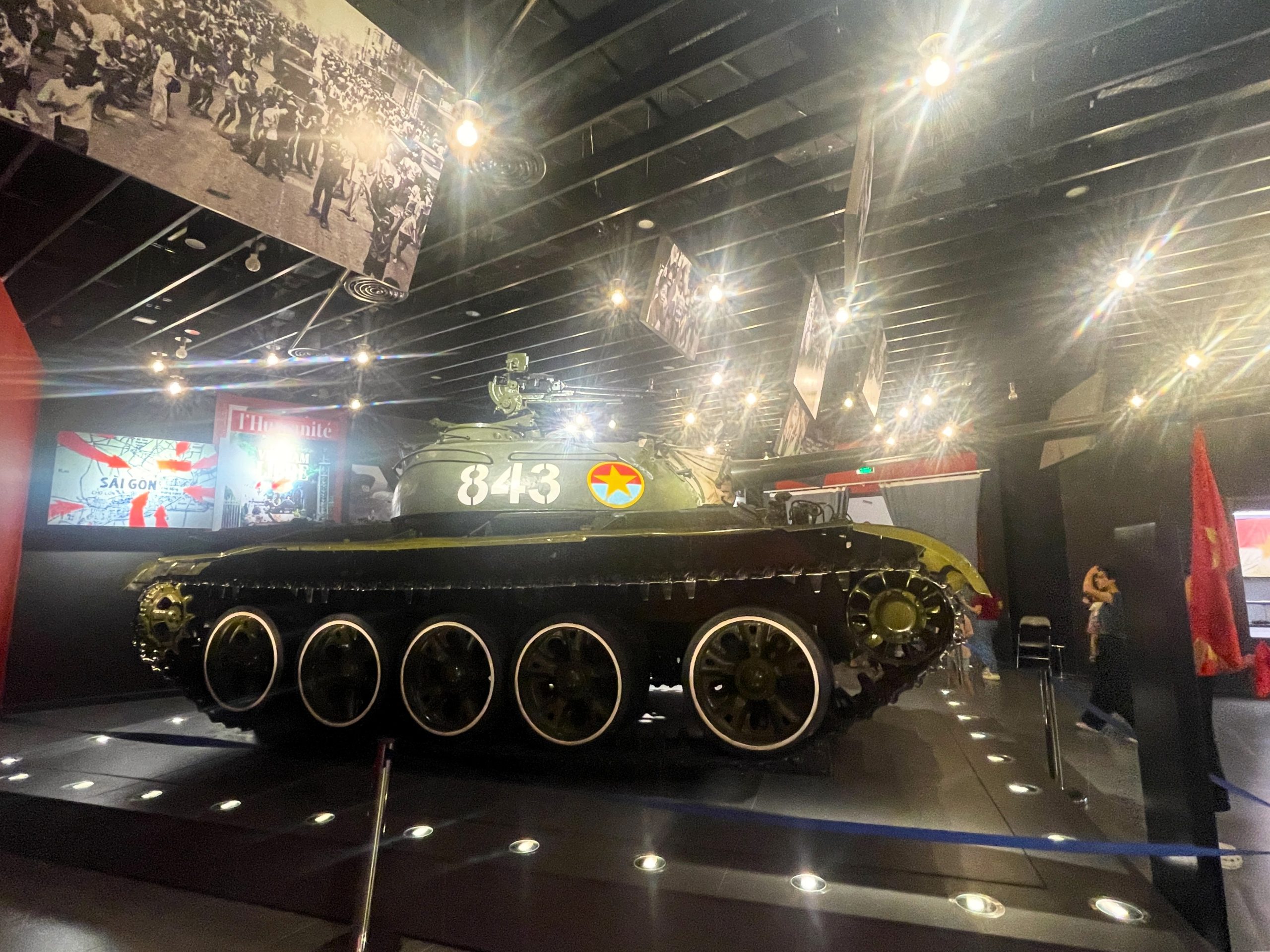
Gallery 4: 1975→2024:
If you still have the energy, this final gallery covers the 50 years of relative peace that followed reunification. If you don’t have the energy, you can be forgiven for skipping this final part, which seems to have been put together with less creativity and enthusiasm than the others, though there are some interesting exhibits on the border wars with China and Cambodia. The rest of the gallery is devoted to the efforts to defend Vietnamese sovereignty and the armed forces’ peace-keeping and humanitarian efforts abroad.
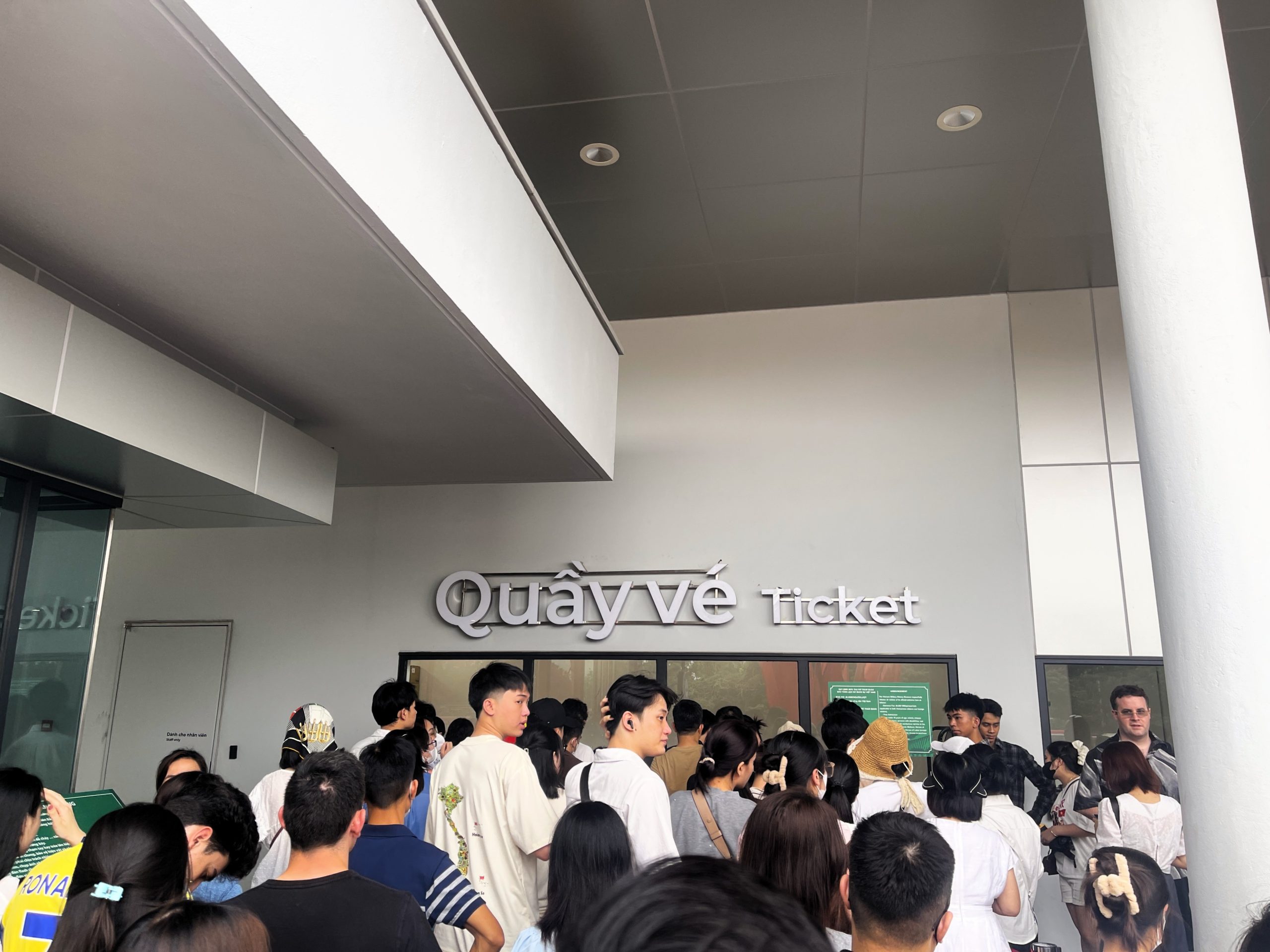
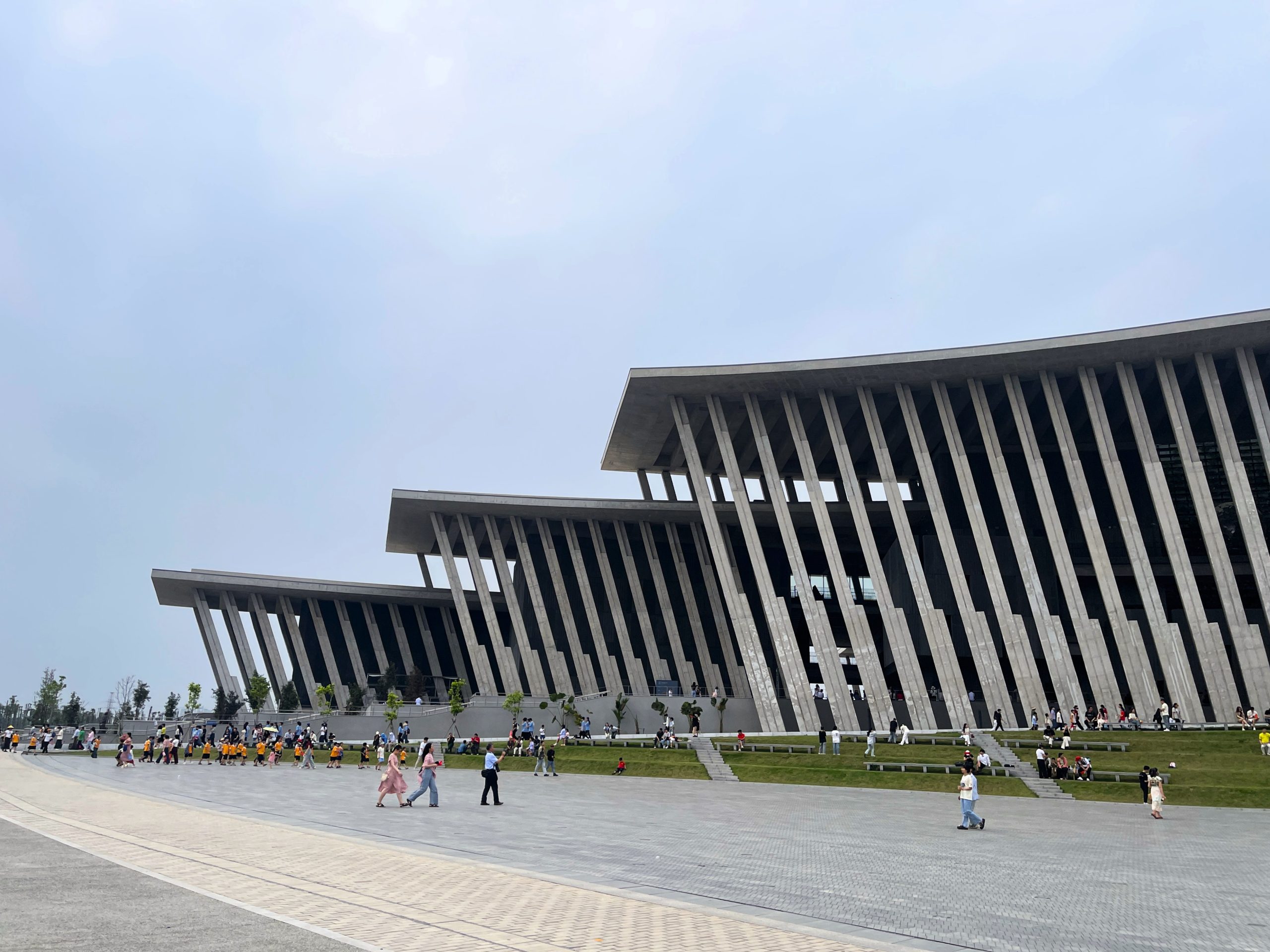
*Disclosure: Vietnam Coracle content is always free and independent. Joshua has written this guide because he wants to: he likes this museum and he wants readers to know about it. For more details, see the Disclosure & Disclaimer statements and my About Page
[Back Top]




